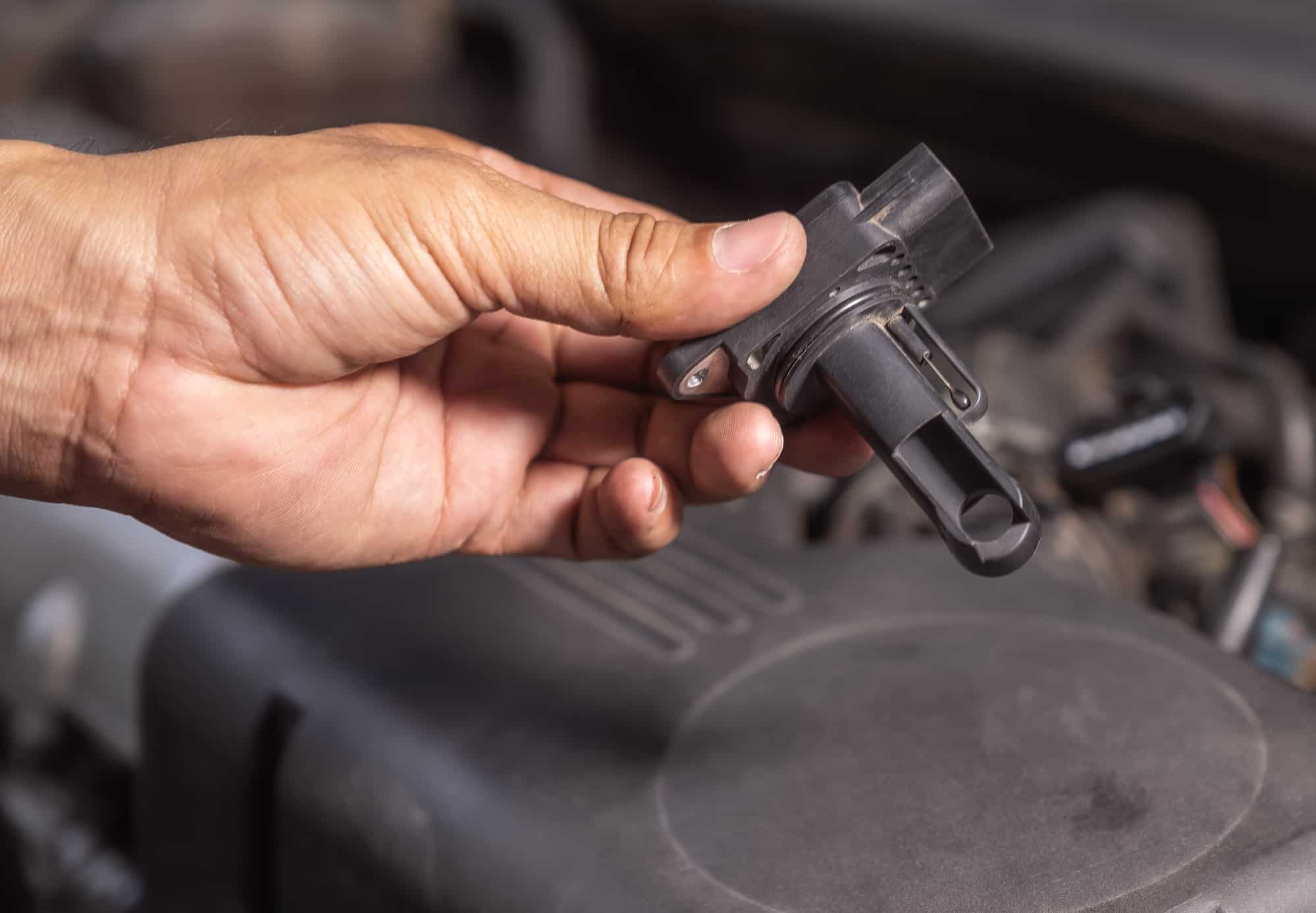Decoding the Enigma: P0101 - Your Car's Cryptic Air Intake Message
Your car's dashboard suddenly illuminates with that dreaded amber glow – the check engine light. A quick scan reveals the cryptic code: P0101. Suddenly, you're thrust into a world of automotive diagnostics, wondering what this alphanumeric message signifies and how much this is going to cost you. Fear not, intrepid driver, because understanding P0101 is the first step to reclaiming control of your vehicle's health.
The P0101 diagnostic trouble code (DTC) specifically points to a problem with the Mass Air Flow (MAF) sensor circuit. This critical component, nestled within the engine's air intake system, acts as the lungs of your car, meticulously measuring the volume of air entering the engine. This information is crucial for the engine control unit (ECU) to calculate the correct fuel-to-air ratio, ensuring optimal combustion, performance, and fuel efficiency. A faulty MAF sensor can disrupt this delicate balance, leading to a cascade of performance issues.
The OBD-II standard, introduced in the mid-1990s, standardized diagnostic trouble codes like P0101, creating a universal language for mechanics and car enthusiasts alike. Before this standardization, deciphering engine problems was a fragmented and often frustrating process. The P0101 code, part of this standardized system, specifically signifies a "Mass Air Flow (MAF) Circuit Range/Performance Problem." This broad definition requires further investigation to pinpoint the exact root cause.
A malfunctioning MAF sensor can manifest in various ways, impacting your driving experience. Symptoms can range from a rough idle and decreased fuel economy to sluggish acceleration and even stalling. In some cases, the car might enter a "limp mode" to protect the engine from further damage. Recognizing these symptoms is key to identifying a potential MAF sensor issue and getting it addressed promptly.
Diagnosing a P0101 code involves a systematic approach. It's not always as simple as replacing the MAF sensor itself, as the problem could stem from other related components. Checking for loose connections, damaged wiring, or a clogged air filter is a crucial first step. Using an OBD-II scanner can provide more specific data about the MAF sensor's readings, helping to narrow down the culprit.
The history of the MAF sensor is intertwined with the evolution of electronic fuel injection systems. As cars transitioned from carburetors to more precise fuel delivery methods, the need for accurate air measurement became paramount. The MAF sensor emerged as a crucial component in this transition, enabling the ECU to fine-tune fuel injection for optimal performance and efficiency.
A P0101 code doesn't inherently offer any direct benefits, but addressing it does. Fixing the underlying issue improves fuel economy, restores engine performance, and prevents potential long-term damage. For example, a properly functioning MAF sensor can lead to smoother acceleration, better gas mileage, and a more responsive engine.
Advantages and Disadvantages of Addressing P0101
| Advantages | Disadvantages |
|---|---|
| Improved Fuel Economy | Cost of Diagnosis and Repair |
| Restored Engine Performance | Potential for Misdiagnosis |
| Prevent Long-term Engine Damage | Time Investment in Troubleshooting |
Best Practices for Addressing P0101:
1. Inspect Wiring and Connections: Carefully check the MAF sensor's wiring harness for any loose connections, damage, or corrosion.
2. Clean the MAF Sensor: Use a specialized MAF sensor cleaner to gently remove any dirt or debris that might be affecting its readings.
3. Check the Air Filter: A clogged air filter can restrict airflow and trigger a P0101 code. Replace the air filter if necessary.
4. Consult a Mechanic: If the problem persists, consult a qualified mechanic for further diagnosis and repair.
5. Use a Quality MAF Sensor: If replacement is necessary, use a high-quality MAF sensor from a reputable manufacturer.
Frequently Asked Questions:
1. What is a P0101 code? A P0101 code indicates a problem with the Mass Air Flow sensor circuit.
2. What causes a P0101 code? Various issues, including a faulty MAF sensor, wiring problems, or a clogged air filter, can trigger this code.
3. Can I drive with a P0101 code? It's not recommended to drive extensively with a P0101 code, as it can lead to further engine problems.
4. How do I fix a P0101 code? Troubleshooting involves checking wiring, cleaning the MAF sensor, and potentially replacing the sensor itself.
5. How much does it cost to fix a P0101 code? The cost varies depending on the specific cause and repair needed.
6. What is a MAF sensor? A MAF sensor measures the amount of air entering the engine.
7. Where is the MAF sensor located? The MAF sensor is typically located in the air intake duct between the air filter and the throttle body.
8. What are the symptoms of a bad MAF sensor? Symptoms can include rough idle, poor fuel economy, and reduced engine performance.
In conclusion, understanding the P0101 diagnostic trouble code empowers you to address potential issues with your vehicle's MAF sensor. From diagnosing the symptoms to implementing the appropriate solutions, taking proactive steps ensures optimal engine performance, fuel efficiency, and overall vehicle health. Don't let a cryptic code like P0101 intimidate you. By arming yourself with knowledge and taking the necessary action, you can maintain a smooth and efficient driving experience for years to come. Regular maintenance, including checking and cleaning the MAF sensor, can prevent future occurrences of this common trouble code. Consult your vehicle's service manual or a qualified mechanic for specific recommendations and guidance tailored to your car model.
Unlocking young minds reading comprehension for grade 1 with engaging questions
Tattoos and health issues what you need to know
Does chase bank cash checks a simple guide













